You can construct a superior stick barbecuing framework. Even if you’ve never visited a kebab shop in Istanbul or been enchanted by the chicken wizardry of a yakitori master in Tokyo, chances are you’ve been exposed to an expert stick barbecuing arrangement eventually.
Grilling skewers, kebabs, and yakitori is a fantastic way to enjoy a variety of flavors and ingredients while embracing the wonderful smoky taste that grilling imparts.
You don’t need to go to an eatery and spend significant time in skewered food sources to experience a kebab rig since barbecue meat on sticks will be found at open-air markets, food celebrations, beachside stands, and traffic intersections everywhere.
Folks, here I will make you learn how to set up a grill for skewers.
Grilling Meat on Skewers Over Charcoal
The finishes of the sticks may be adjusted on the edge of a tight barbecue, suspending pieces of meat Cliffhanger-style straight over the shining charcoal.
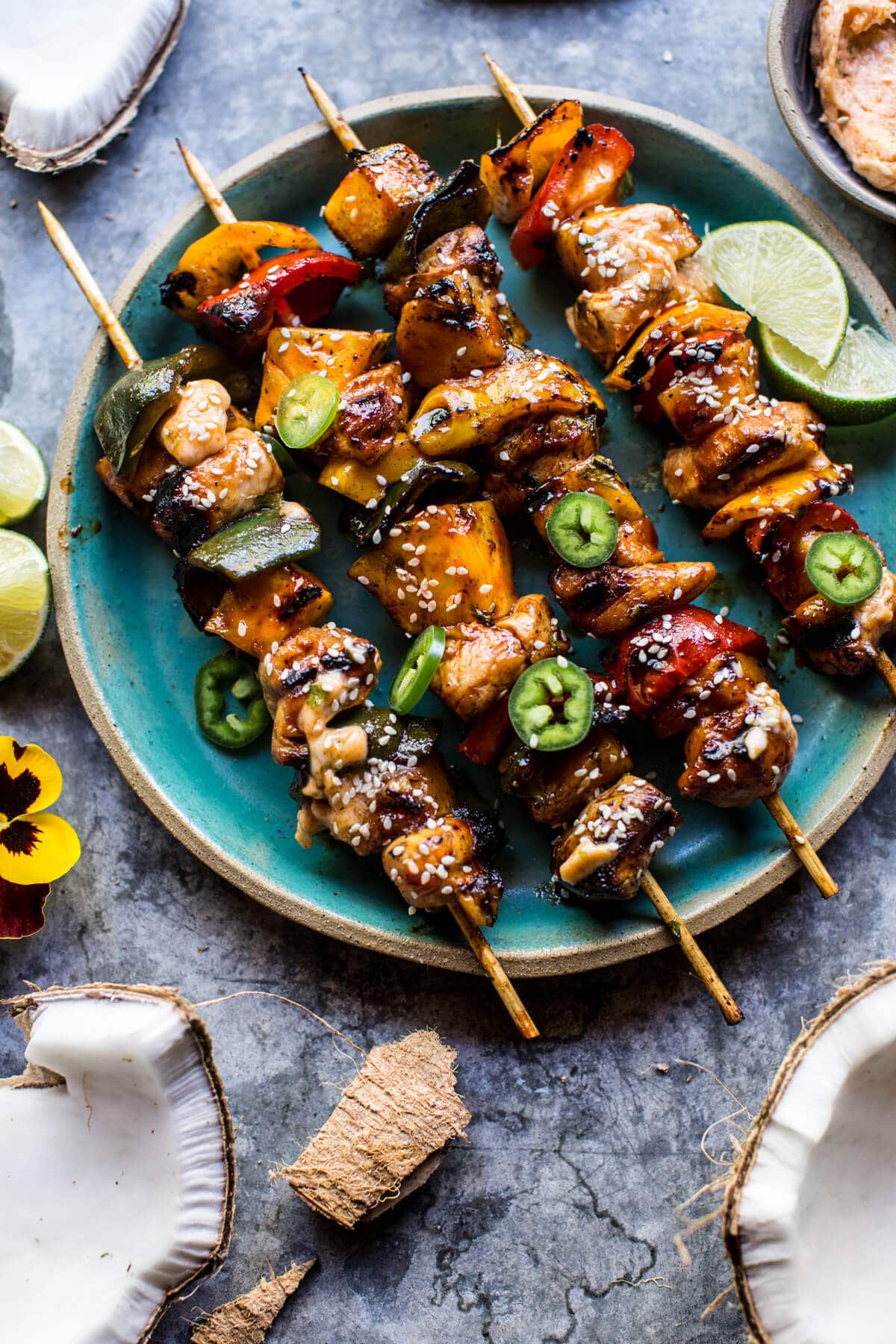
On the other hand, the sticks may be lying on a wire network rack over the coals, giving them a security net.
The skewered fixings and the hotness source used to cook them are often isolated by only a few inches. Preparing food near the coals speeds up the cycle and delivers great burning; however, it also requires the cook’s undivided focus.
Why a Normal Grill Setup Doesn’t Work for Skewers?
Barbecue stick plans for home cooks are generally intended to be more uninvolved and pardoning of a cook’s meandering capacity to focus, utilizing a conventional barbecue arrangement that keeps food at a more secure separation from the coals.
This limits eruptions, which can be unsafe in both the short (fire) and long haul (potential connects to malignant growth).
1. The Downsides of Traditional Charcoal Barbecue for Sticks
The more prominent distance between the food and the coals in a customary charcoal-barbecue arrangement is intended for more significant parts of meat and vegetables.
It draws out the cooking time so the inside completes the cooking process around the very time that the outside is impeccably seared. Make different hotness power zones on your barbecue, and you can better handle inside and outside progress.
2. The Challenge of Achieving Perfectly Cooked Stick
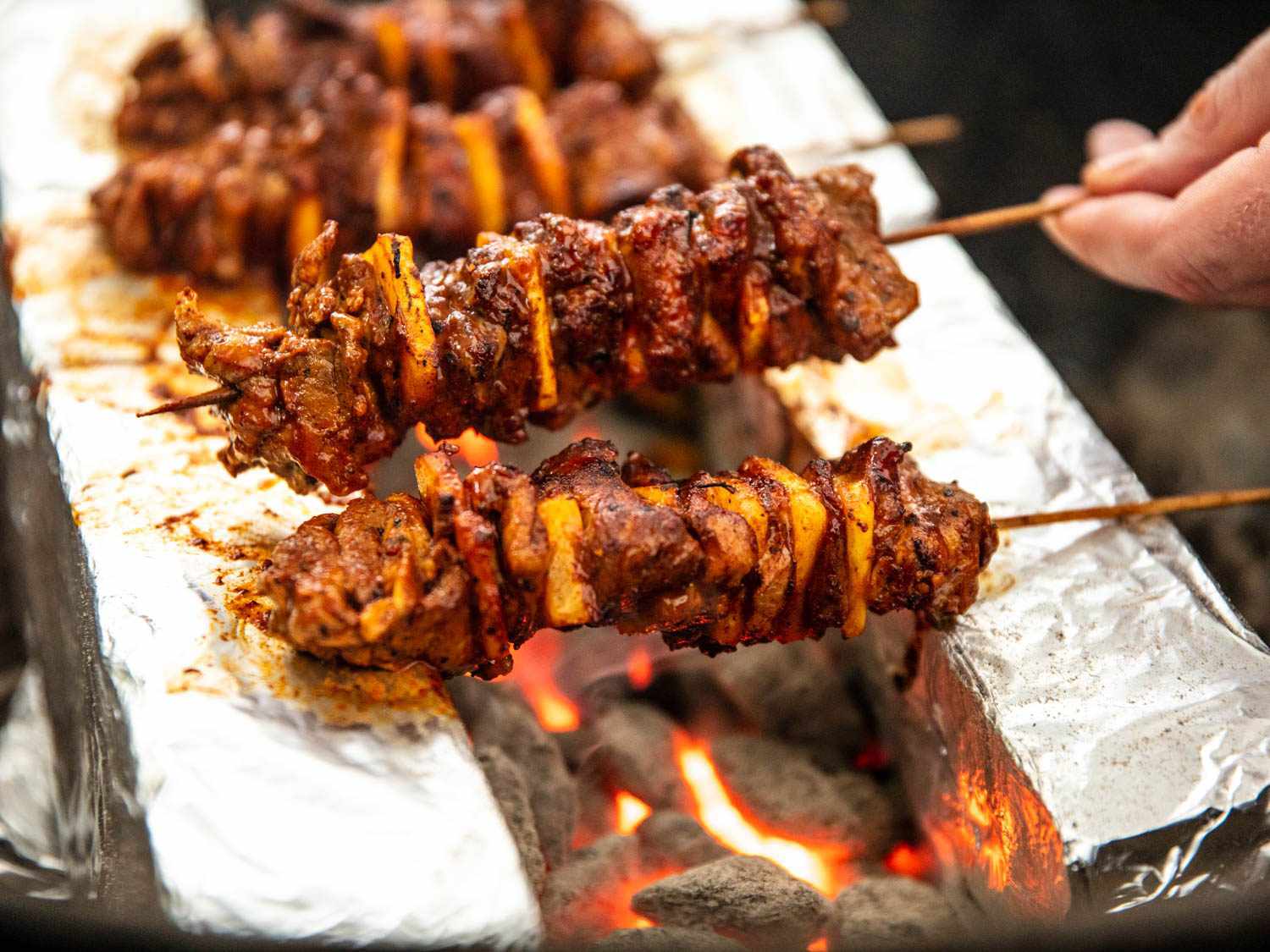
With sticks, however, you have a more modest window to accomplish flawlessness. You want the bars nearer to the coals for higher hotness, intending to get some great cooking before the inside overcooks and dries out.
Cooked on a more standard charcoal barbecue, with a more considerable distance between coals and food, the sticks’ outsides end up dried-out and rough rather than burned and succulent. Also, the spread-out coals, combined with a more drawn-out cooking time, can consume the uncovered surfaces of wooden sticks without much of a stretch.
3. Creating a More Effective Stick Rig on Your Pot Barbecue

Yet, similarly, as bright green vegetables shouldn’t be dispatched to a saggy and dull tinted destiny on the barbecue, you don’t need to make do with a long period of sticks that look like parch jerky sticks.
With some inventiveness and a couple of blocks, you can design a more viable stick rig inside the limits of your current pot barbecue that takes care of these issues. This is the way to get it done.
Setting Up a Grill for Skewers, Kebabs, and Yakitori
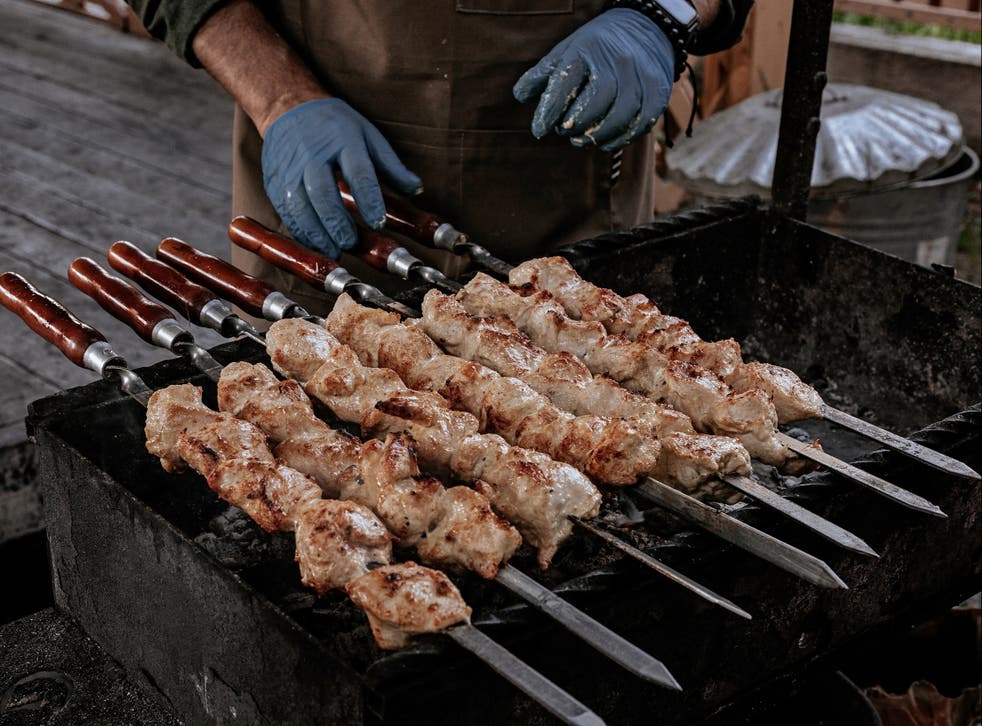
- Scrunch up a few bits of foil and spot them under the blocks at the focal point of the barbecue so the blocks sit level and surprisingly in the pot. (The base mesh of the barbecue is pitch and will make a point of the block descending in the center.)
- You’ll then, at that point, empty-lit coals into the channel between the blocks. Make an active barbecuing region over which you can cook your sticks.
- This is a minimal expense. Low-exertion hack to mirror the barbecue arrangements utilized by professionals. It will need more protection—and wind stream control characteristics of the sort of costly Japanese Konnor barbecue. Yakitori gourmet specialists use that.
- The moist cooking method is suitable for a dinner service lasting over six hours. Home cooks can opt for this method as they do not need to maintain precise grilling conditions to achieve satisfactory results.
- While you would have to utilize flame-resistant materials to fabricate a chimney or wood-consuming broiler, you only need to buy fireblocks for this rig if used constantly.
- I got a couple of standard red blocks from a home improvement store and enveloped them with rock-solid foil. The foil guarantees no particulate matter from the blocks winds up in your food.
- Furthermore, it makes intelligent surfaces that help in directing the brilliant hotness from the coals. On the off chance, you will use a wire network rack barbecuing sticks. You can avoid the foil-wrapping venture for the blocks since the food won’t be coming into direct contact with them.
The Importance of Rotating Skewers
When you have this altered stick barbecue all setup, it’s an ideal opportunity to get cooking. Even with carefully firing the board, it’s critical to continually turn the sticks while barbecuing them right over the coals.
This guarantees that the fixings cook rapidly and at an even rate; you don’t need the food’s outside to roast while the inside is left crude. Yet it would be best if you additionally got great shading before the fixings overcook and dry out. (This is a similar core value behind Kenji’s flip-regular way of dealing with steak.)
Kebabs/skewers and their meat-stick brethren are fast-cooked. Huge organization rotisserie cooking likewise includes steady turning (a typically automated cycle). However, it depends on gentler hotness to cook the bigger dishes more slowly.
FAQs
What type of grill is best for skewers, kebabs, and yakitori?
Any grill can be used for skewers, kebabs, and yakitori, but a charcoal or gas grill with a flat grilling surface and adjustable height is preferred. A flat surface helps prevent skewers from rolling around, and adjustable height allows for better control over the cooking temperature.
What kind of skewers should I use?
Metal skewers are durable and reusable, but they can get hot and are not ideal for beginners. Bamboo skewers are cheap and disposable, but they can burn if not soaked in water before use. Wooden skewers are also disposable but don’t burn as quickly as bamboo and are more eco-friendly.
How should I prepare the meat and vegetables for skewering?
ACut the meat and vegetables into uniform pieces roughly the same size to ensure even cooking. Marinate the meat and vegetables for at least 30 minutes to add flavor and tenderize the meat. Thread the meat and vegetables onto the skewers, leaving a little space between each piece.
How long should I grill the skewers?
The cooking time will depend on the type and size of the meat and vegetables, as well as the grill’s heat. Generally, it takes about 10-15 minutes to grill skewers to medium-rare or medium doneness. Turn the skewers occasionally to cook them evenly on all sides.
How can I tell when the skewers are done?
Use a meat thermometer to check the internal temperature of the meat. For beef, lamb, and pork, the safe minimum temperature is 145°F (63°C) for medium-rare and 160°F (71°C) for medium. For chicken, the safe minimum temperature is 165°F (74°C). Vegetables should be tender and slightly charred.
Should I rest the skewers before serving?
Let the skewers rest for a few minutes before serving to allow the juices to redistribute and the meat to become more tender. Tent the skewers loosely with foil to keep them warm.
Conclusion
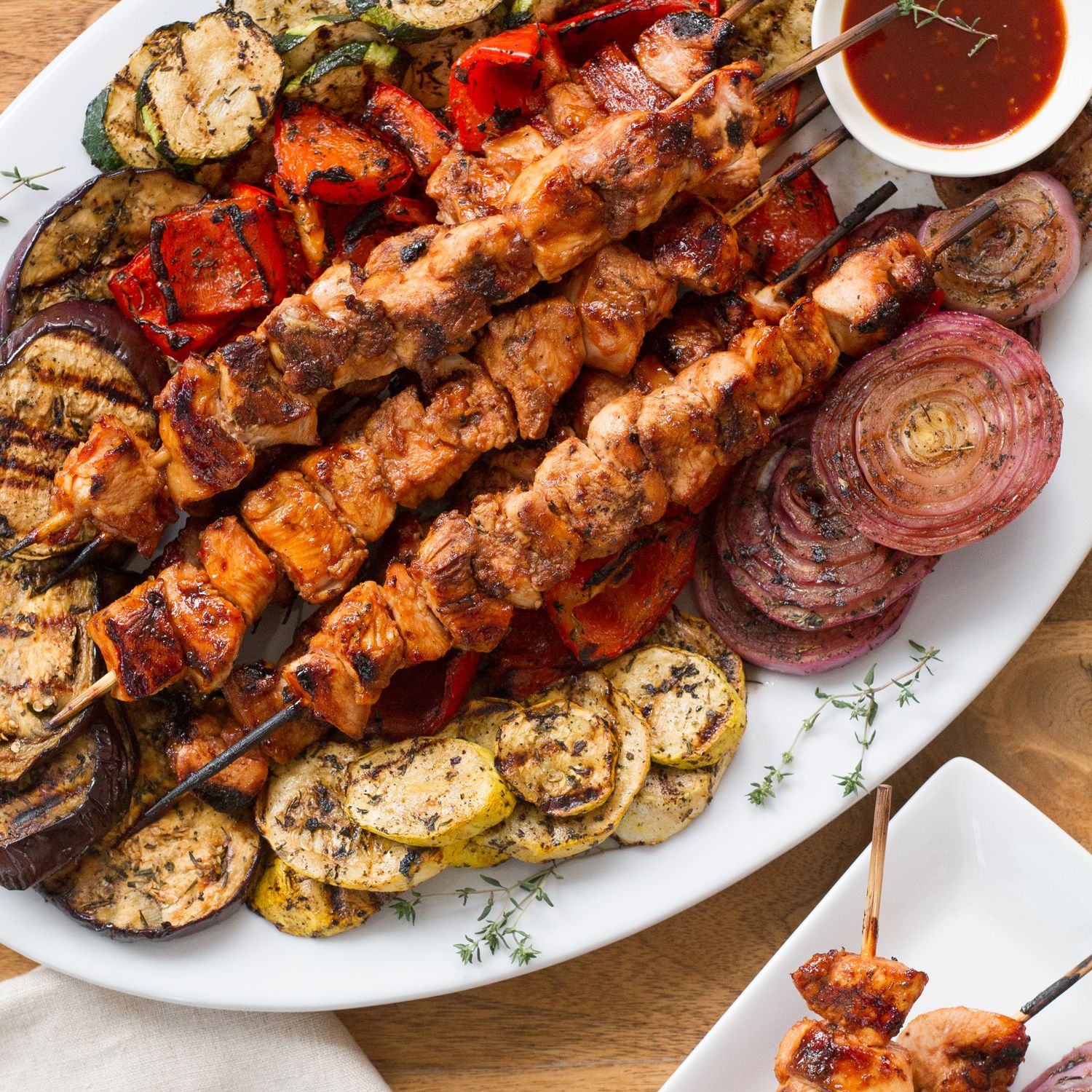
Setting up a grill for skewers, kebabs, and yakitori is simple but requires some preparation and attention to detail. Choosing suitable skewers, preparing the meat and vegetables properly, and setting up the grill correctly are all critical steps to ensure that your skewers are perfectly cooked.
You can confidently grill skewers, kebabs, and yakitori for your friends and family, impressing them with your grilling skills and delicious flavors. So fire up the grill, grab your skewers, and get ready to enjoy a tasty and satisfying meal!
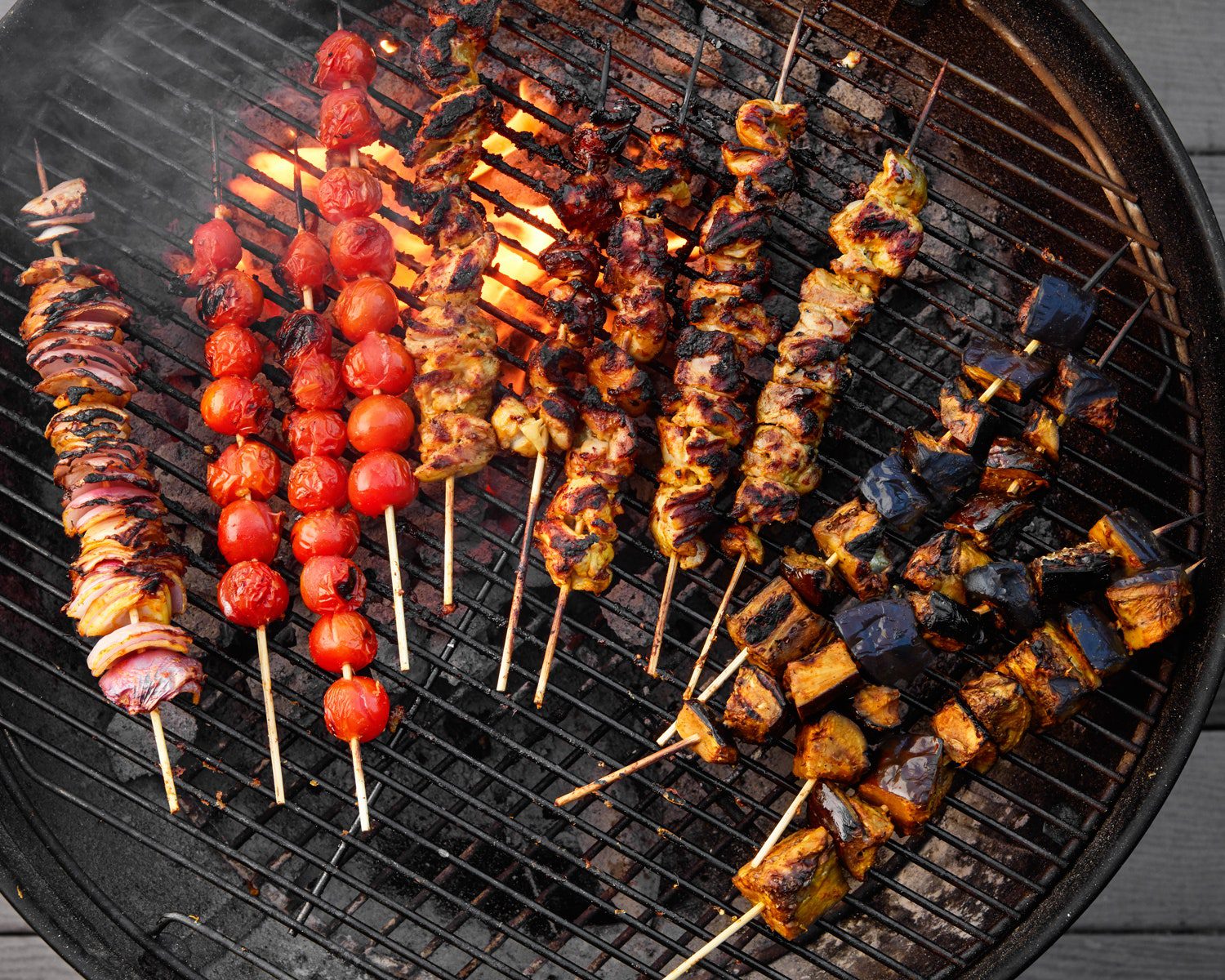
Comments are closed.